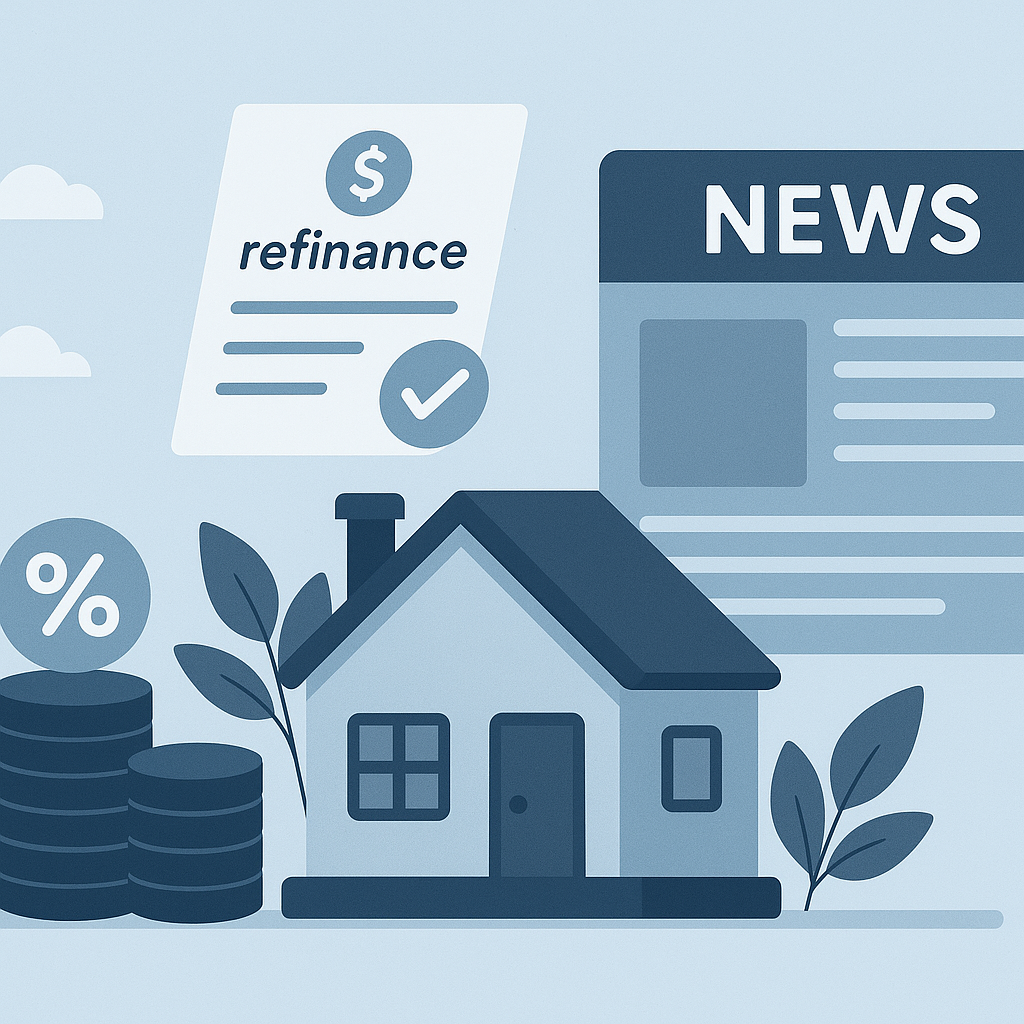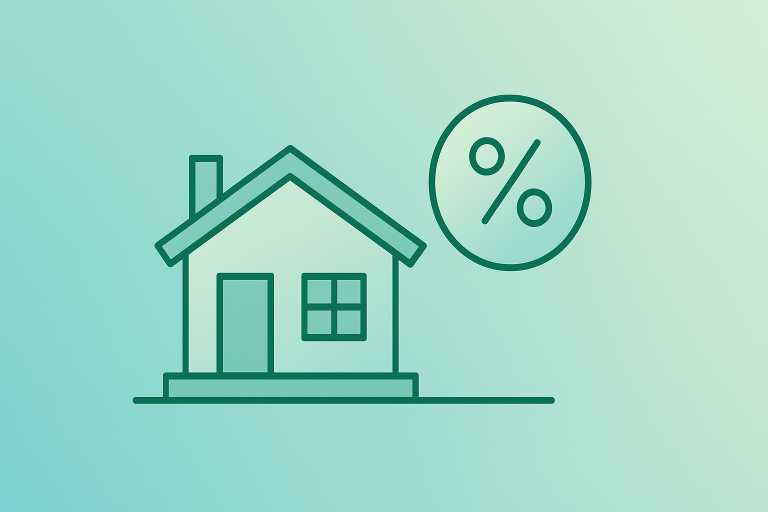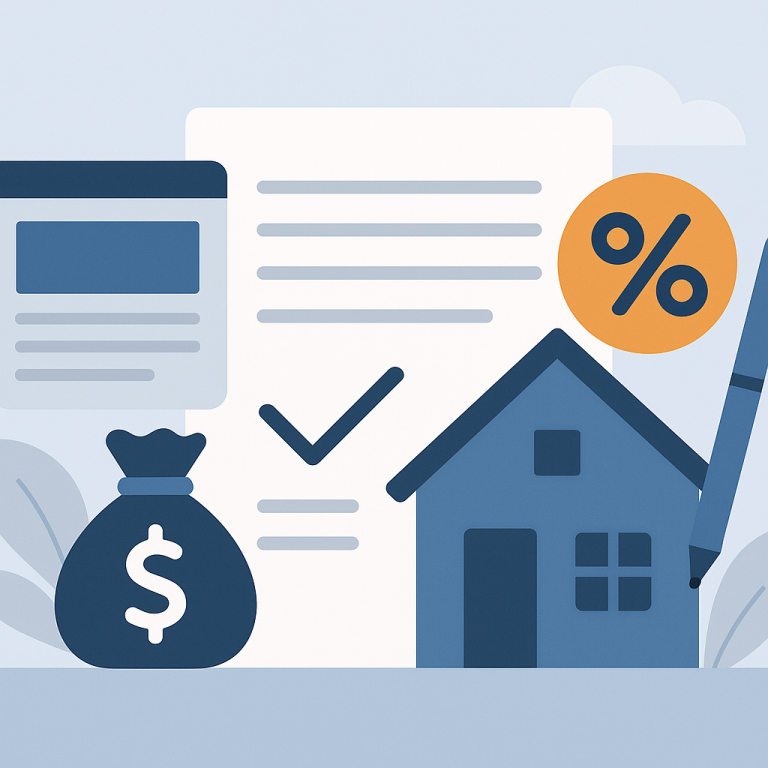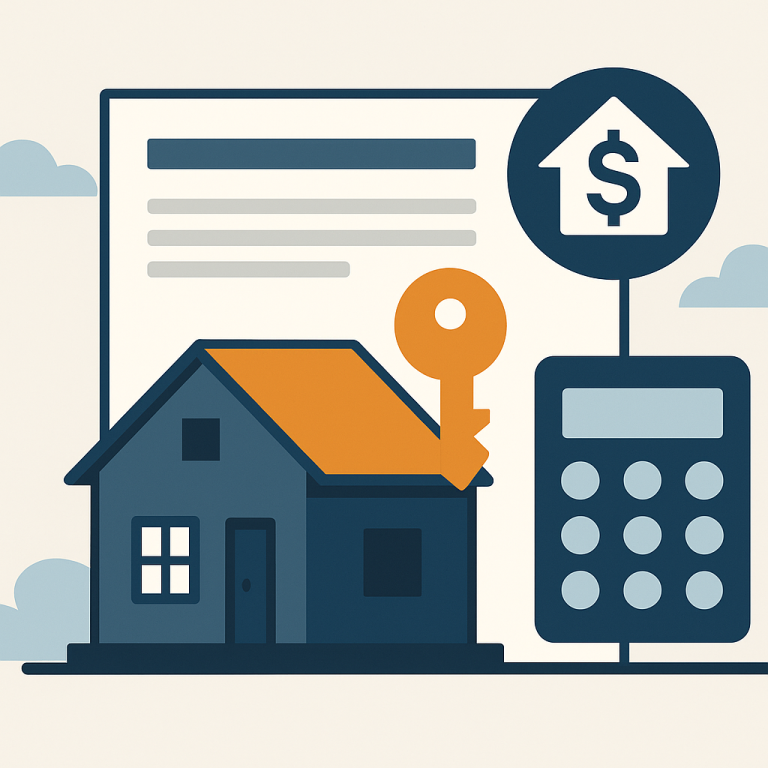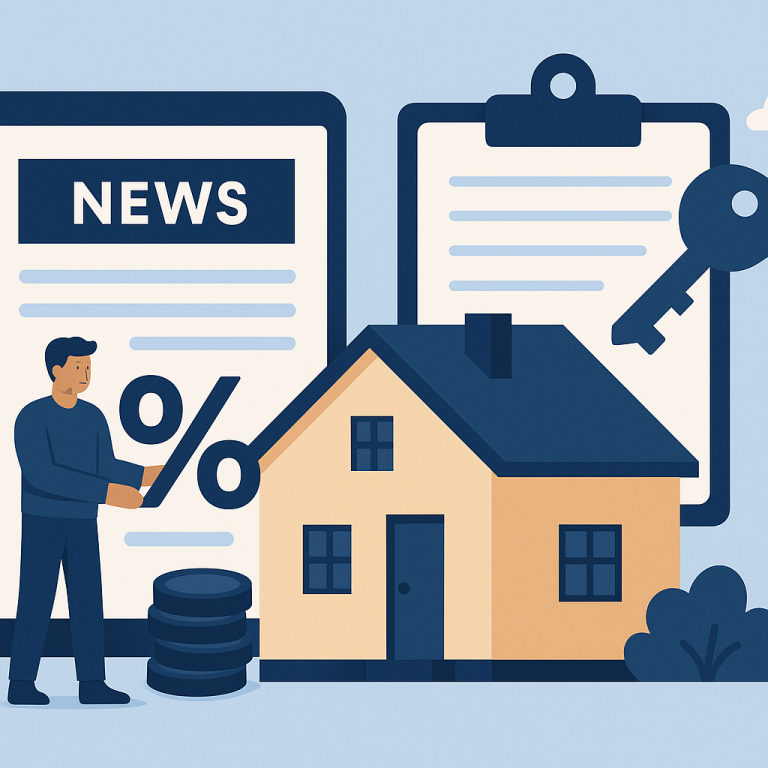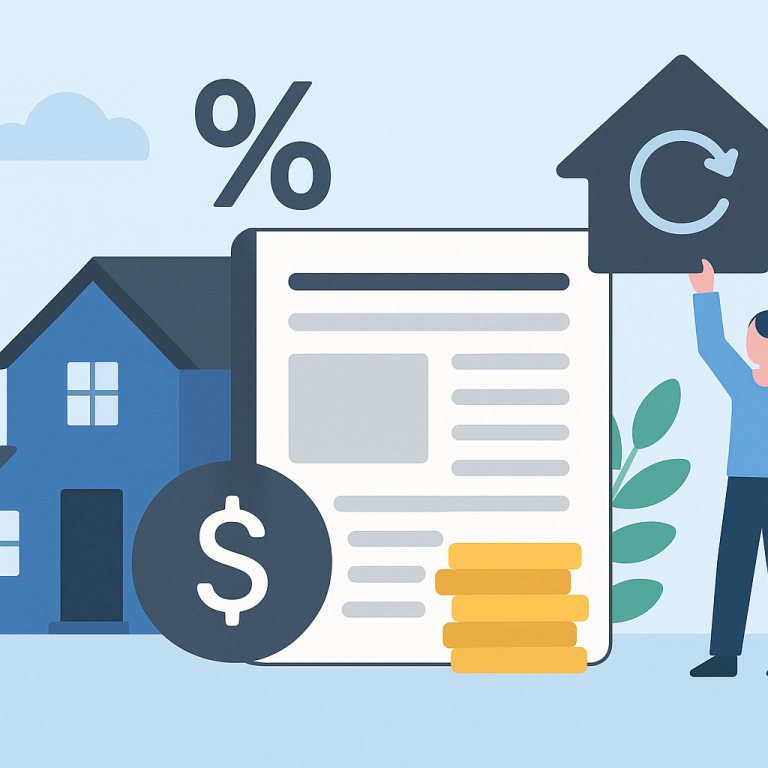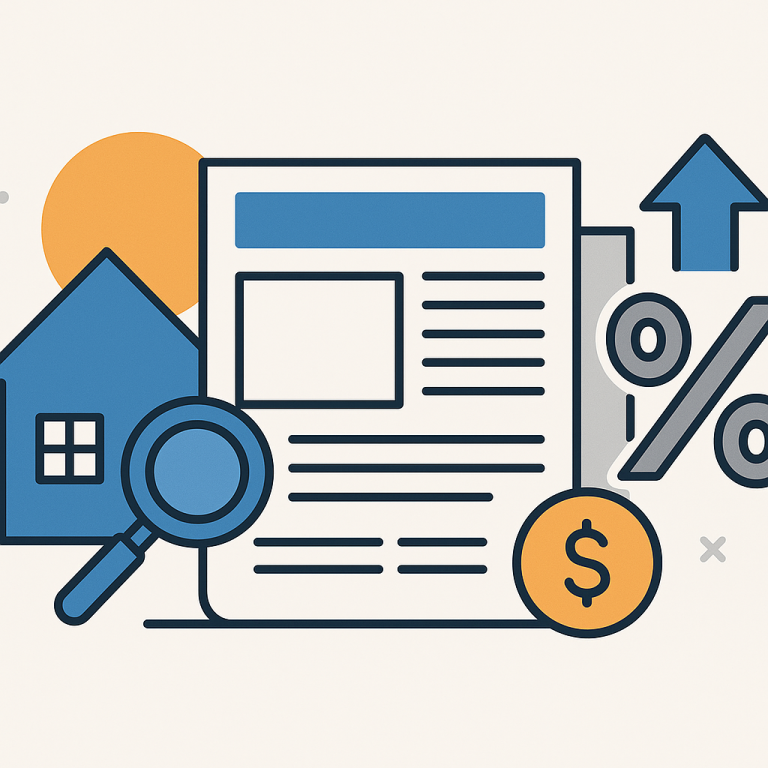30-Year Mortgage Rate Drops 0.25% to 6.25%, Refinance Applications Rise
At a glance: The latest mortgage rate drop and how it could affect refinancing decisions.
Mortgage rates have moved lower. That can improve affordability and may reopen refinance options for borrowers whose current rate is above today’s quotes.
What the Rate Drop Means for Borrowers
Mortgage refinancing has regained momentum in recent weeks as interest-rate volatility has moderated from earlier extremes. Homeowners who previously postponed refinancing because of rapidly shifting markets are re-evaluating options, particularly those with adjustable-rate loans or mortgages originated during a period of higher rates. Lenders are responding with more targeted product offerings and clearer rate locks, which is prompting renewed consumer interest.
Why Some Homeowners Are Moving Now
Several practical factors are driving the uptick in refinancing applications. First, a clearer near-term outlook on interest rates makes it easier for borrowers to model potential savings. Second, some lenders have streamlined processes around appraisals and underwriting, reducing friction and shorter turn times. Third, homeowners who previously chose adjustable-rate mortgages are particularly likely to consider refinancing into a fixed-rate product to gain payment certainty.
What Matters Most When Considering a Refinance
Refinancing is not solely about the headline interest rate; the financial benefit depends on a combination of costs, remaining loan term, and borrower goals. Homeowners should assess:
- Break-even horizon: How long it will take for monthly savings to offset closing costs and fees.
- Loan term: Whether extending or shortening the term aligns with long-term financial objectives.
- Cash-out versus rate-and-term decisions: Tapping equity changes loan-to-value and may affect rate offers and monthly payments.
- Credit and documentation: Improved credit scores and organized paperwork can unlock better pricing and speed approvals.
Costs and Trade-offs to Weigh
Closing costs remain a central consideration. Some borrowers opt for no-closing-cost refinances, which typically exchange upfront fees for a slightly higher interest rate. That trade-off can make sense for borrowers with a short anticipated stay in the home or those prioritizing immediate monthly savings. Conversely, paying closing costs upfront can be preferable for homeowners who plan to keep the mortgage longer and want a lower long-term interest expense.
Practical Steps for Homeowners
Borrowers preparing to refinance should take a sequence of practical steps to improve outcomes: gather income and asset documentation, confirm current credit status, shop multiple lenders for competitive rate quotes and fee disclosures, and calculate the break-even point for each scenario. Lock windows and the lender’s policy on re-locks or float-down options are also important to avoid surprises between application and closing.
When It May Not Make Sense
Refinancing can be less attractive if the remaining time on the current mortgage is short, if the homeowner plans to move soon, or if closing costs would erode most of the potential savings. For borrowers whose primary goal is to reduce monthly payment, refinancing into a significantly longer term can lower payments but increase total interest paid — a trade-off that deserves careful consideration.
Homeowner Takeaways
- Model savings conservatively and include all fees when calculating breakeven.
- Compare multiple lenders and get written estimates for both rates and fees.
- Consider loan term and long-term interest cost, not just monthly payment relief.
- Evaluate alternatives such as modifying an existing loan or targeted payment strategies.
- Lock rates when comfortable with the terms, and confirm lender policies on re-locks.
As market conditions evolve, refinancing can be a useful tool for homeowners who align product choice with clear financial objectives and who carefully account for costs and timelines.
META: refinancing-stability-homeowner-takeaways

